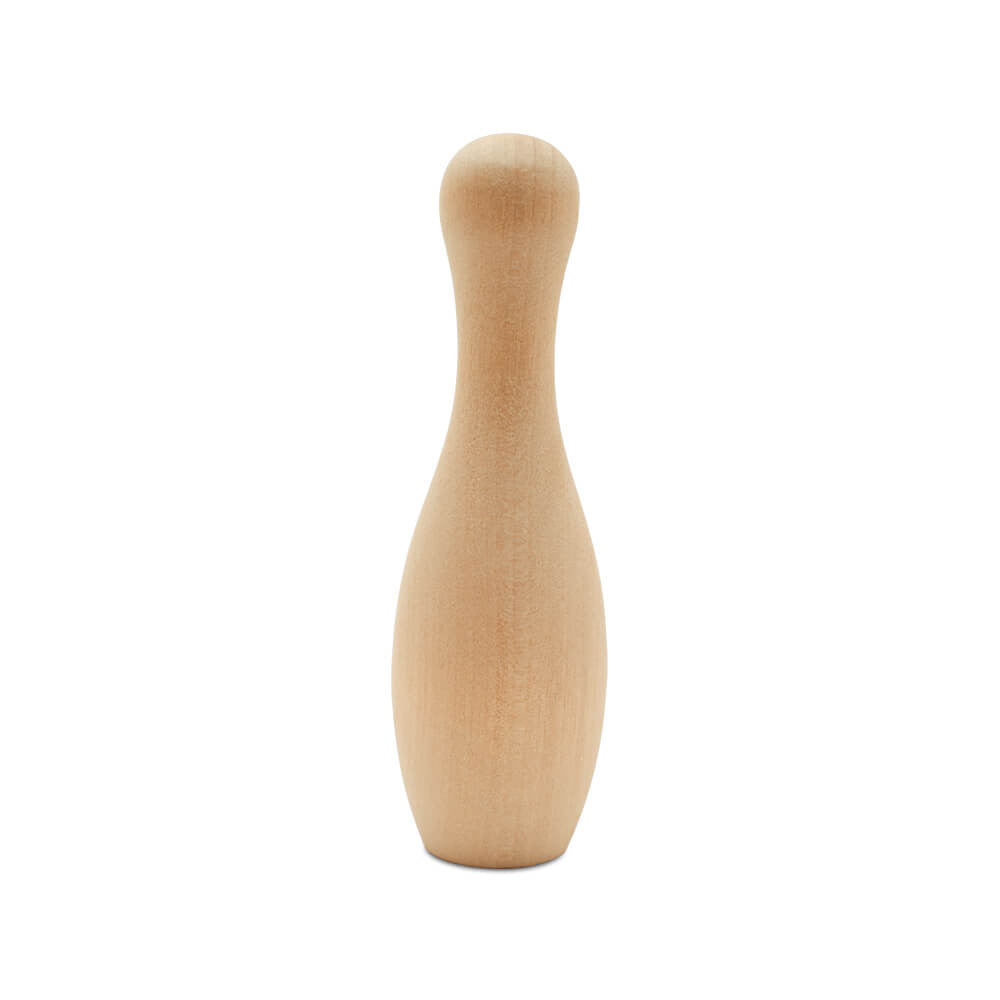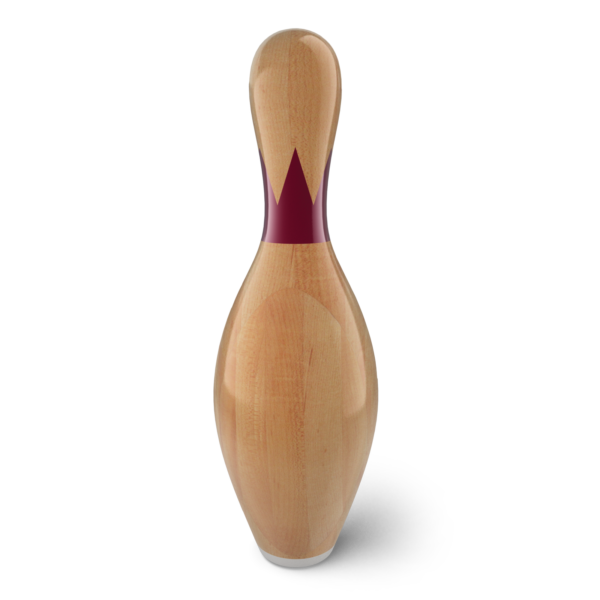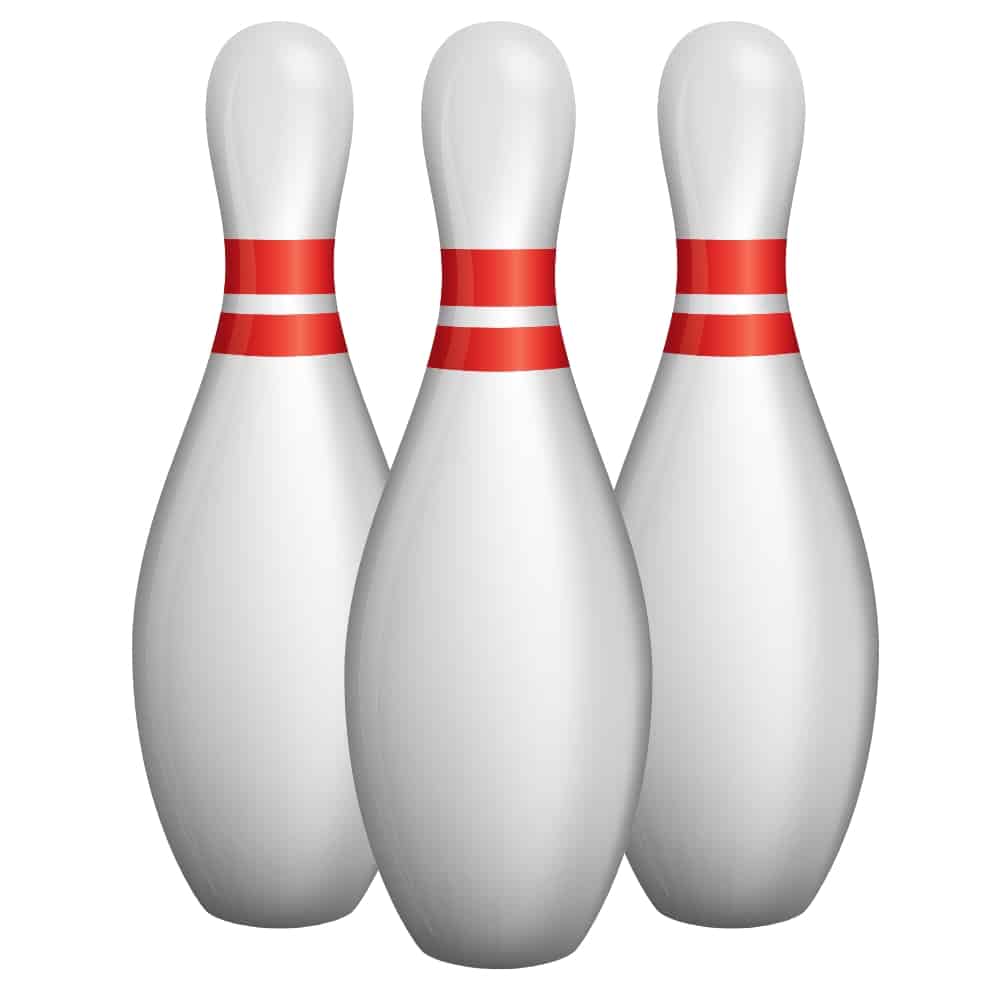Bowling is more than just a game; it’s a beloved pastime enjoyed by people of all ages. Whether played casually with friends or in competitive leagues, bowling has its unique culture filled with fun facts and trivia. Among the most intriguing elements of the sport are the bowling pin numbers. Understanding what these numbers represent can add an extra layer of appreciation for the game. In this article, we will delve into bowling pin numbers, exploring their meanings, some fun facts, and intriguing trivia that every bowling enthusiast should know.
Understanding Bowling Pin Numbers
The Basic Layout of Bowling Pins
In a standard game of bowling, players arrange ten pins in a triangular formation at the end of the lane. The front pin is known as “the headpin,” while the back row features the other nine pins. They number each pin from one to ten for easy identification, and they have distinct locations on the lane.
The number one pin is located at the top of the triangle, directly in line with the bowler’s approach. The number two pin is located directly to the left of the headpin, while the number three pin is to the right of it. The pattern continues with the number four pin behind the number two pin on the left side, and the number five pin directly behind the headpin. On the right side, the number six pin aligns behind the three pin, creating a symmetrical setup.
The Significance of Each Pin Number
Each bowling pin numbers play a role not just in identifying the pins but also in strategy and scoring. For example, knocking down specific pin combinations can lead to different scoring opportunities. Understanding the layout helps bowlers strategize their shots effectively. For instance, when a bowler leaves the 7-10 split (where the 7 pin is on the left side and the 10 pin is on the right), it is considered one of the most challenging splits to convert.
Also, in leagues and tournaments, bowlers often refer to certain pin leaves by their numbers, enhancing communication during gameplay. Knowing which pins remain after a roll can help bowlers plan their next shot, making the numbers an integral part of strategy in the game.

Interesting Facts About Bowling Pins
Historical Development of Bowling Pins
The evolution of bowling pin numbers dates back many centuries. Early versions of bowling involved different types of pins, often made from wood or stone. However, the modern bowling pin design began to take shape in the late 19th century. In 1881, they standardized the first set of official tenpins, leading to the creation of the familiar pins we see today.
Today’s bowling pins are made primarily from maple wood with a plastic coating for durability. The construction helps ensure that pins can withstand the repeated impacts during games. Such durability is essential in ensuring the longevity of the pins used in bowling alleys. This historical perspective provides context for the significance of the pin numbers we use today.
The World Record for Heavy Bowling Pins
An interesting fact for bowling enthusiasts is the record for the heaviest bowling pins ever created. In 2021, a group of bowling fans crafted an extraordinary bowling pin that weighed over 800 pounds! This impressive feat was intended to raise awareness for local charities while demonstrating the fun spirit of the sport.
While this heavy bowling pin may not be standard in any bowling alley, it reveals the creativity and unique challenges that bowlers can imagine. Heavy or light, the essential role of the pins remains central to the game.

Bowling Trivia to Impress Your Friends
The Origin of the Name “Bowling”
The sport of bowling has a rich history, and the origin of its name is fascinating. The term “bowling” is derived from the Old French word “bouler,” which means “to roll”. This gives a nod to the core activity of rolling a ball towards pins. Today, the name reflects not only the game itself but also the social experience that accompanies bowling.
Additionally, archaeologists can trace early forms of bowling back to ancient Egypt, where they have found artifacts resembling bowling equipment. Different cultures, including Germany and England, played similar games long before we established the modern version. The evolution of the game and its name offers wellness insights into its importance across various societies.
The Most Strikes in a Single Game
For bowling enthusiasts seeking to impress their friends, mention the record for the most strikes in a single game. The record is held by professional bowler 300 games, which signifies achieving a perfect score. Achieving this milestone requires incredible precision, skill, and consistency.
The first individual ever to achieve a perfect score in a sanctioned league game was in 1888. Notably, professional bowler Walter Ray Williams Jr. holds the record for the most professional tour titles, making him one of the most celebrated figures in the sport. This trivia highlights the dedication and skill required to excel in bowling.

Famous Bowling Competitions and Events
The Professional Bowlers Association (PBA)
The PBA is the premier organization for professional bowling in the United States, hosting numerous events each year. Founded in 1958, the PBA has played a critical role in shaping the landscape of professional bowling. Major tournaments like the PBA World Championship and the Tournament of Champions draw top talent from around the globe.
These events not only showcase amazing talent but also provide opportunities for fans to engage with their favorite bowlers. Observing professionals tackle unique challenges on the lane can vastly inspire amateur bowlers and enthusiasts alike. The competitive spirit of these events showcases the excitement and adrenaline that come with the sport.
Historic Bowling Events
Many historic bowling events have contributed to the legacy of the sport. The ABC (American Bowling Congress) was formed in 1895, further formalizing bowling as a competitive sport. The ABC held its first national tournament in 1901, which brought together bowlers from across the country.
Such events helped establish specific rules and regulations for the game, contributing to its growth in popularity. Even today, we feel the ABC’s influence in how bowling leagues and competitions are organized, making bowling much more than just a pastime.

Bowling as a Social Experience
The Community Aspect of Bowling
Bowling offers a significant social component, allowing friends and families to bond over friendly competition. The experience of spending time at a bowling alley is often filled with laughter, conversations, and playful banter. Many bowling alleys offer food and beverages, making them ideal venues for social gatherings.
The combination of excitement and camaraderie creates an inviting atmosphere for bowlers of all skill levels. Whether someone is a professional or just starting, the diverse crowd in bowling alleys encourages meaningful interactions.
Bowling Leagues and Social Events
Joining a bowling league can deepen the social experience even further. Leagues offer regular competitions and build a sense of community among members. Many bowlers enjoy competing weekly and celebrating their achievements collectively.
Additionally, bowling alleys frequently host social events, tournaments, and themed nights. These events encourage participation and introduce newcomers to the sport. They help foster relationships that go beyond the lanes, as many friendships are formed through shared experiences and competitive fun.

Bowling Pins in Pop Culture
Appearances in Movies and Television
Over the years, bowling has found its way into popular culture. Numerous movies and television shows have featured bowling as a central theme or a backdrop for important storytelling elements. For example, films like “The Big Lebowski” and “Kingpin” brought attention to the sport, creating iconic moments associated with bowling.
These appearances often introduce new audiences to the game, making it more relatable and entertaining. When viewers see characters engage in bowling, it sparks their interest and curiosity. By blending bowling into pop culture, it remains relevant to newer generations, contributing to its ongoing popularity.
The “Bowling Pin” as an Icon
Bowling pins have become widely recognized symbols of the sport. Their unique shape and bright colors make them easily identifiable, allowing them to represent not just the game but also a sense of fun and competition. A bowling pin’s imagery often appears in various merchandise, promotional materials, and branding for bowling alleys and events.
This prominence in visual culture reinforces skating and invites new enthusiasts to join the community. Bowling continues to thrive as a sport, with its pins serving as steadfast symbols of the joy and excitement it brings.
Caring for Bowling Pins and Equipment
Maintaining Equipment for Longevity
For bowling enthusiasts, caring for equipment is essential for performance. Regular maintenance of bowling pin numbers ensures they remain in excellent condition and ready for play. Establishments must frequently inspect and clean their pins to maintain the integrity of games.
Much like caring for your bowling ball, cleaning bowling pin numbers can prevent odors and the accumulation of debris. Establishments follow a routine maintenance schedule to ensure that staff polish and replace the pins as needed. For individual bowlers who have their own equipment, performing regular checks can help create an enjoyable and successful bowling experience.
Tips for Personal Bowling Equipment
For those who invest in bowling equipment for personal use, consider proper storage and protective cases for your bowling ball and shoes. Storing these items away from extreme temperatures ensures they maintain their quality over time. By safeguarding your equipment, you can ensure peak performance when it’s time to hit the lanes.
Additionally, familiarize yourself with proper bowling techniques to prevent excessive wear on equipment. Understanding the nuances of the game can optimize your play and prolong the life of your gear.
Conclusion
In conclusion, bowling pin numbers and their meanings provide depth to the sport. From understanding the layout and significance of each pin to exploring fun facts and trivia, enthusiasts can deepen their appreciation for bowling. The unique culture surrounding bowling, coupled with its community aspects, makes it a cherished pastime for many.
Whether you’re partaking in casual play or engaging in serious competitions, bowling offers opportunities for joy and camaraderie. By staying plugged into the history, competition, and social aspects of bowling, enthusiasts can ensure that their knowledge of the sport continues to grow.
Bowling pin numbers are not just mere objects; they represent the spirit of the game and the community built around it. As you next step onto the lanes, take a moment to appreciate the pins that stand before you. Each one contributes to the dynamics of the game and the shared enjoyment of this beloved sport. So grab your bowling ball, lace up your shoes, and enjoy the fun that bowling has to offer!
